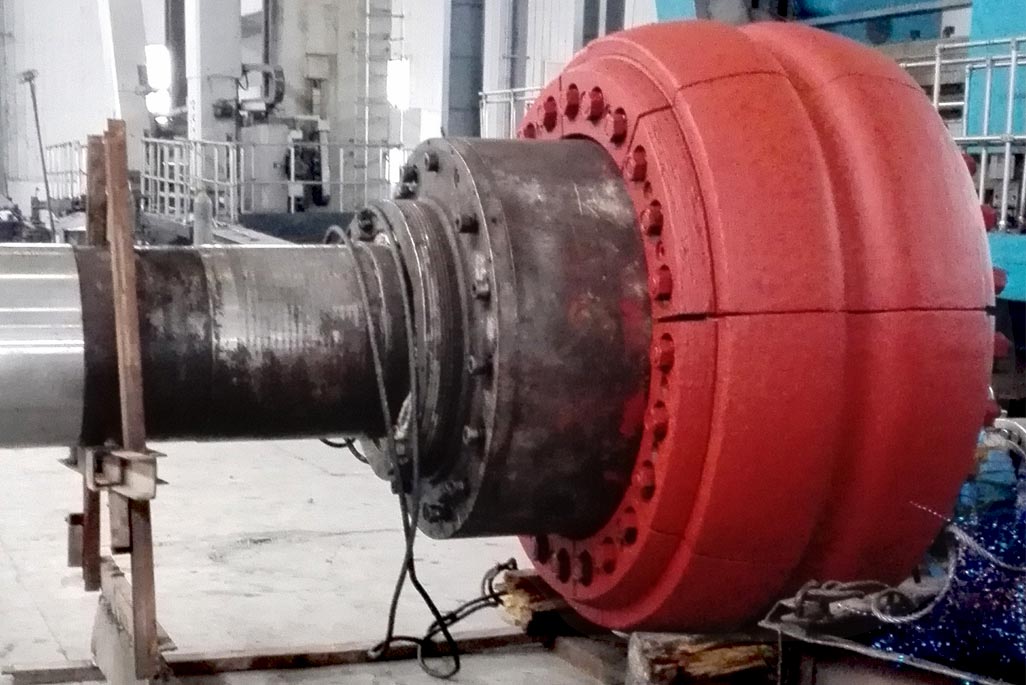GRAINDING OF ROLLERS

OPTIONAL FEATURE
- BEST PRODUCTS
- BEST SELL IN ALL OVER MARKET PLACES
- AFFOREDEBLE BEST PRICES
- BEST MATIERAL
- BEST RATING IN CUSTOMERS
- CUSTOMER SATISFACTION OF THIS PRODUCTS
TECHNICAL SPECIFICATION
| PRODUCTS DESCRIPTION: |
|---|
Grinding of rollers is a specialized process used to ensure that rollers, which are commonly used in various industrial applications, meet precise dimensional and surface finish requirements. Rollers are used in numerous industries, including manufacturing, printing, and metal processing, and achieving the right specifications is crucial for their performance and longevity. 1. Purpose: Surface Finish: To achieve a smooth and uniform surface finish, which is essential for the efficient operation of rollers. Dimensional Accuracy: To meet exact tolerances for diameter, roundness, and length. Concentricity and Cylindricity: To ensure the rollers operate smoothly and reduce vibrations or uneven wear. 2. Types of Rollers and Grinding: Cylindrical Rollers: Common in applications like conveyor systems and printing presses. Cylindrical grinding is typically used. Cam Rollers: Used in cam mechanisms. Grinding may involve more complex profiles. Guide Rollers: Used to guide materials through machines or processes. These may require precise grinding for optimal performance. 3. Grinding Process: Preparation: Cleaning: Ensure the rollers are clean and free of debris. Mounting: Properly mount the rollers on the grinding machine, often using centers or fixtures designed for roller grinding. Grinding Wheel Selection: Grit Size: Choose appropriate grit size for the material and finish required. Bond Type: The bond type of the grinding wheel affects its performance and suitability for different materials. Grinding: Cylindrical Grinding: Rollers are rotated and ground using a cylindrical grinder to achieve the desired diameter and surface finish. Precision Adjustments: Regularly measure the roller during grinding to ensure it meets the specified tolerances. Coolant Use: Employ coolant to manage heat and improve the finish, especially for high-precision grinding. 4. Considerations: Material of Roller: Different materials (e.g., steel, aluminum, rubber-coated) require different grinding approaches and wheel types. Roller Specifications: Consider the diameter, length, and any specific surface texture or finish required. Machine Calibration: Ensure the grinding machine is properly calibrated for accurate results. Inspection: Use measuring tools like micrometers, dial indicators, or optical comparators to verify dimensions and surface quality. 5. Applications: Manufacturing: Rollers used in conveyor systems, production lines, and various machinery. Printing: Rollers in printing presses must be ground to precise specifications to ensure high-quality prints. Metal Processing: Rollers used in rolling mills and other metalworking processes. 6. Benefits: Enhanced Performance: Properly ground rollers ensure smooth operation and reduce the risk of malfunction. Extended Lifespan: High-quality grinding reduces wear and tear, extending the service life of rollers. Reduced Downtime: Precision grinding helps in maintaining consistency and reducing downtime due to equipment failure. |
